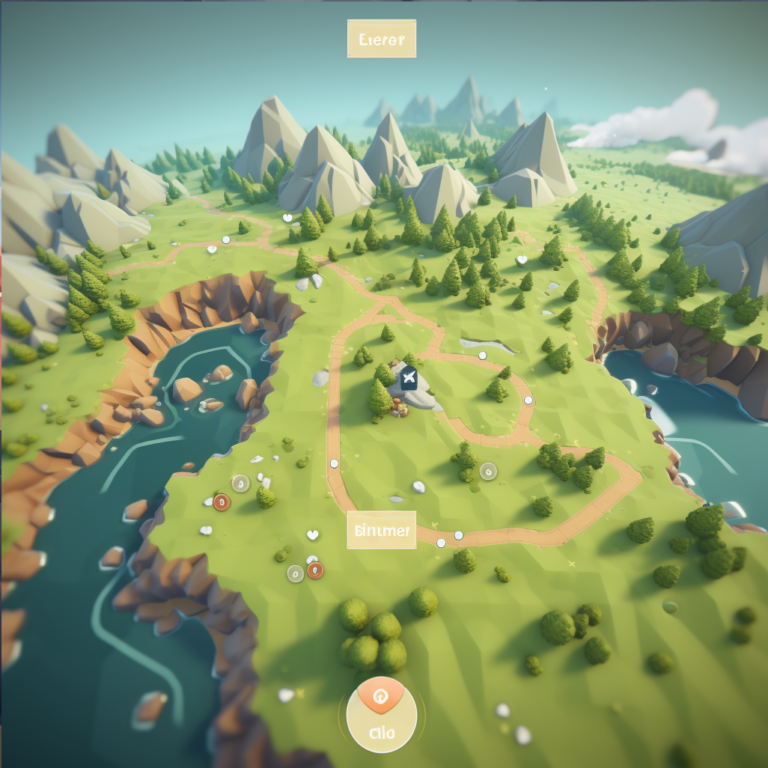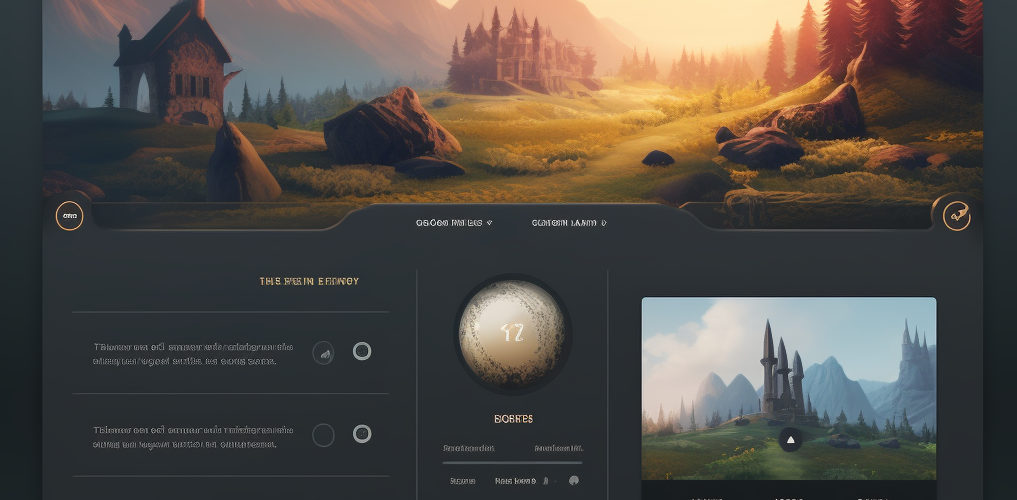User interface (UI) and user experience (UX) are crucial components in the production of immersive and captivating gameplay in video games. One of the most widely used game development engines, Unity, provides a robust and adaptable collection of tools for creating appealing UI/UX components. We will examine the foundations of Unity UI/UX in this post and offer helpful advice to assist you in designing interfaces for your games that are both aesthetically pleasing and user-friendly
- Understanding Unity UI:
Canvas and UI Elements are the core ideas of Unity’s UI system. All of your UI components, including as buttons, text, photos, sliders, and more, are included within the Canvas. Understanding the hierarchy and layering of these elements within the Canvas is crucial if you want to keep your UI under control and organised.
2. Responsive Design:
The interface of your game must be made responsive in order to function properly across a range of screen sizes and resolutions. Layout Groups and Anchors are two capabilities provided by Unity that help create responsive UI components. You can guarantee that UI components keep their position and scale properly across various devices by anchoring them to the screen boundaries or other UI elements.
3. Visual Consistency:
To create a compelling visual identity for your game, design consistency is crucial. Choose a colour palette, typography, and graphic style that go with the topic and genre of your game. A style guide may speed up the design process and help you maintain visual consistency across your whole project.
4. Animation and Feedback:
The user experience may be greatly improved by including minor movements and feedback into your UI components. To build seamless transitions, hover effects, and dynamic UI behaviour, Unity offers animation tools like the Animator and Timeline. When users interact with UI components, providing visual and auditory feedback may improve the experience and make it more natural.
5. User-Friendly Navigation:
Making sure players can easily reach different areas of your game depends on intuitive navigation. Create menus, buttons, and breadcrumbs with simple, obvious navigation that will lead players through the various game modes. Consider alternative input modalities including touch controls, keyboard, and mouse while keeping in mind that accessibility is crucial.

6. Performance Optimization:
Especially on less powered devices, keeping a fluid gaming experience depends on effective UI design. Sprite atlases may be used to decrease the number of draw calls for UI elements, UI element pooling can be used to effectively repurpose components, and unnecessary scripting during UI changes should be avoided. Utilise Unity’s UI Profiler to optimise your UI for higher frame rates and find performance bottlenecks.
7. Playtesting and Iteration:
After designing your UI/UX components, thoroughly playtest them to get feedback from actual users. Analyse the data, and then revise your designs in response to user comments. Your UI/UX will become more polished and user-friendly as a result of user testing, which enables you to pinpoint problems and potential improvement areas.


